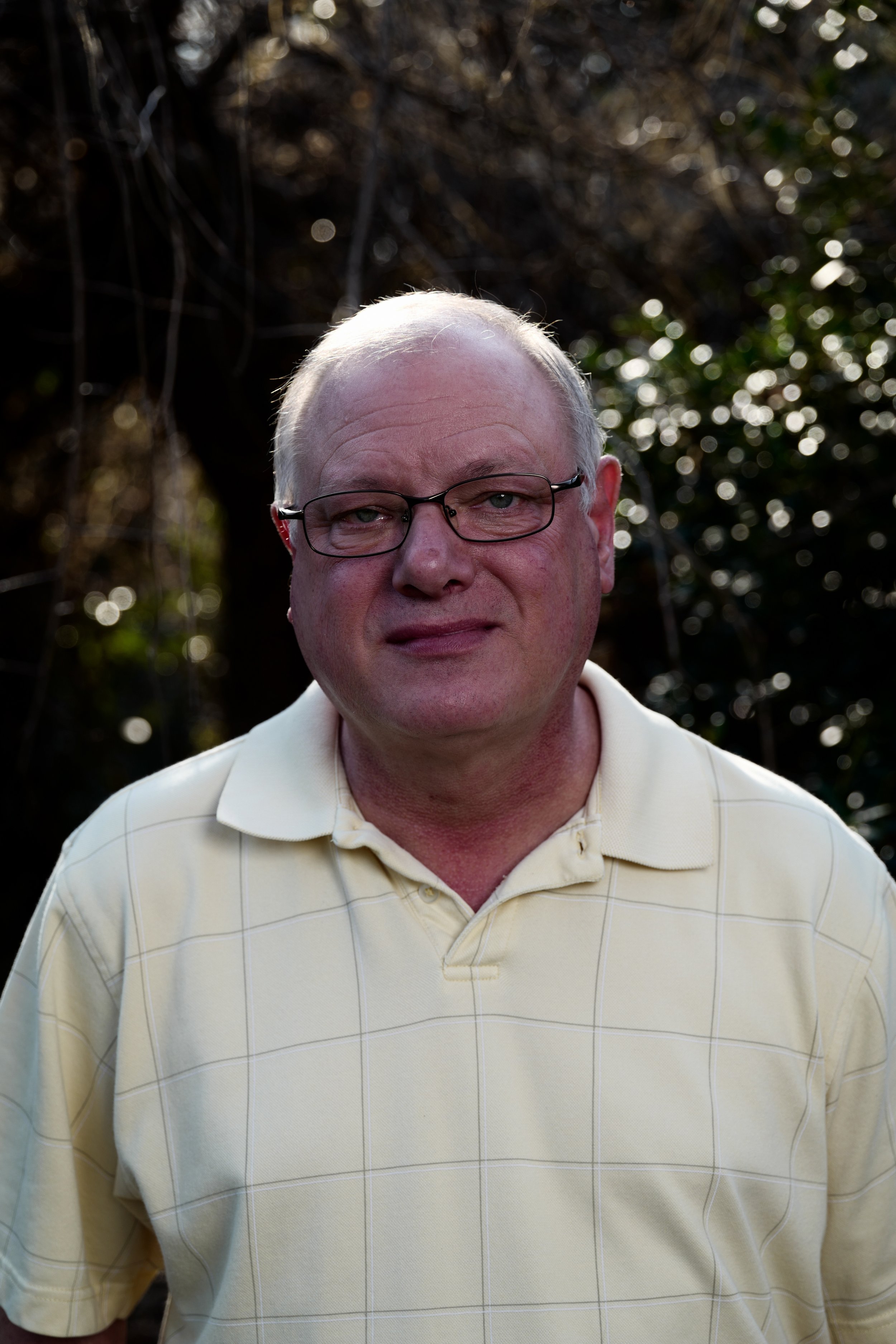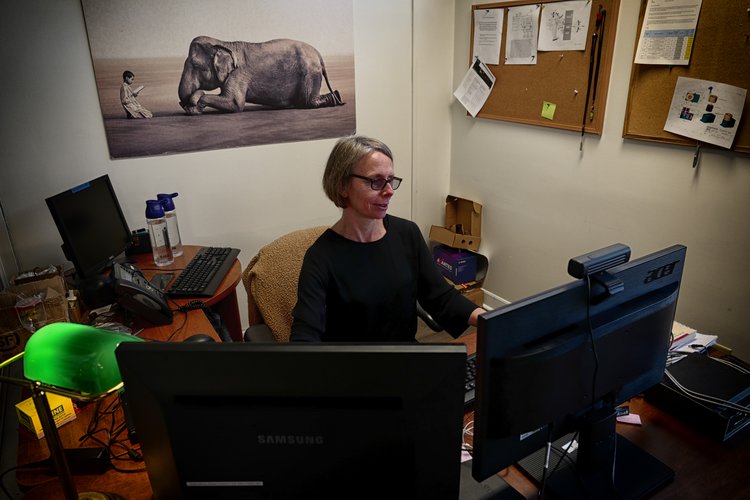Getting The Uv/vis To Work
Getting The Uv/vis To Work
Blog Article
The Ultimate Guide To Circularly Polarized Luminescence
Table of ContentsThe Facts About Uv/vis RevealedSome Of Uv/vis/nirExcitement About Uv/vis/nirThe Greatest Guide To Circular DichroismThe Buzz on Circularly Polarized Luminescence

Spectrophotometry is a tool that hinges on the quantitative analysis of molecules depending on how much light is taken in by colored compounds.
The smart Trick of Spectrophotometers That Nobody is Talking About
A spectrophotometer is typically utilized for the measurement of transmittance or reflectance of options, transparent or opaque solids, such as polished glass, or gases. Numerous biochemicals are colored, as in, they soak up visible light and therefore can be determined by colorimetric procedures, even colorless biochemicals can typically be transformed to colored substances appropriate for chromogenic color-forming reactions to yield compounds suitable for colorimetric analysis.: 65 Nevertheless, they can likewise be designed to determine the diffusivity on any of the listed light ranges that generally cover around 2002500 nm using various controls and calibrations.
An example of an experiment in which spectrophotometry is utilized is the decision of the equilibrium constant of an option. A particular chain reaction within an option might happen in a forward and reverse direction, where reactants form items and products break down into reactants. At some point, this chemical reaction will reach a point of balance called a stability point.
The Greatest Guide To Spectrophotometers
The amount of light that travels through the service is a sign of the concentration of particular chemicals that do not enable light to pass through. The absorption of light is because of the interaction of light with the electronic and vibrational modes of particles. Each kind of molecule has a private set of energy levels associated with the makeup of its chemical bonds and nuclei and thus will soak up light of specific wavelengths, or energies, resulting in distinct spectral residential or commercial properties.
Using spectrophotometers spans various scientific fields, such as physics, products science, chemistry, biochemistry. UV/Vis, chemical engineering, and molecular biology. They are commonly utilized in many markets consisting of semiconductors, laser and optical production, printing and forensic assessment, as well as in labs for the research study of chemical substances. Spectrophotometry is often utilized in measurements of enzyme activities, determinations of protein concentrations, determinations of enzymatic kinetic constants, and measurements of ligand binding reactions.: 65 Eventually, a spectrophotometer has the ability to determine, depending on the control or calibration, what substances are present in a target and precisely just how much through calculations of observed wavelengths.
Created by Arnold O. Beckman in 1940 [], the spectrophotometer was produced with the aid of his colleagues at his business National Technical Laboratories established in 1935 which would end up being Beckman Instrument Company and blog eventually Beckman Coulter. This would come as a solution to the formerly developed spectrophotometers which were unable to soak up the ultraviolet properly.
Examine This Report on Circularly Polarized Luminescence
It would be found that this did not offer satisfying outcomes, therefore in Design B, there was a shift from a glass to a quartz prism which enabled better absorbance results - circular dichroism (http://www.askmap.net/location/6824320/united-states/olis-clarity). From there, Model C was born with an adjustment to the wavelength resolution which ended up having three units of it produced
It irradiates the sample with polychromatic light which the sample takes in depending upon its properties. It is transferred back by grating the photodiode selection which identifies the wavelength region of the spectrum. Given that then, the creation and execution of spectrophotometry devices has increased profoundly and has turned into one of the most ingenious instruments of our time.

10 Easy Facts About Circular Dichroism Described
Historically, spectrophotometers utilize a monochromator containing a diffraction grating to produce the analytical spectrum. The grating can either be movable or repaired. If a single detector, such as a photomultiplier tube or photodiode is used, the grating can be scanned step-by-step (scanning spectrophotometer) so that the detector can measure the light intensity at each wavelength (which will represent each "action").
In such systems, the grating is fixed and the intensity of each wavelength of light is measured by a different detector in the selection. When making transmission measurements, the spectrophotometer quantitatively compares the portion of light that passes through a recommendation service and a test service, then electronically compares the strengths of the two signals and calculates the portion of transmission of the sample compared to the reference standard.

Report this page